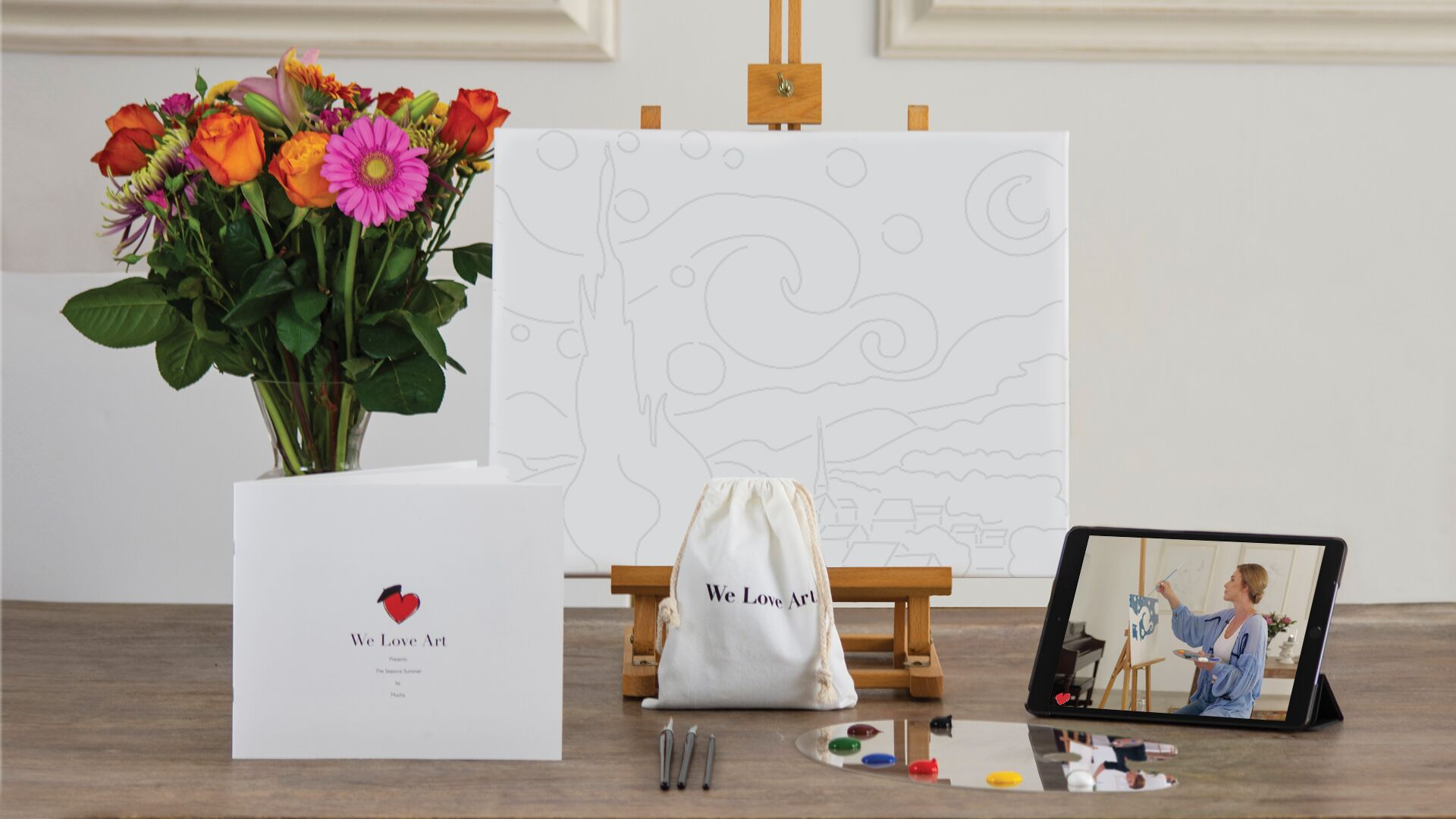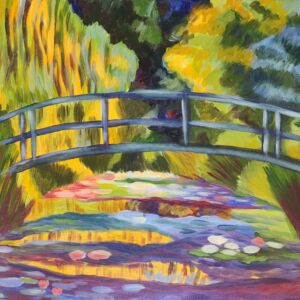
Painting is a timeless form of artistic expression that allows individuals to unleash their creativity and immerse themselves in the world of colors, shapes, and emotions. If you’re new to painting and looking to embark on this artistic journey, this guide is here to provide essential insights and tips for painting for beginners.
Gather your supplies before you start painting, you’ll need some basic supplies. Here’s a list of essentials to get you going:
- Paints: Acrylic, watercolor, or oil paints, depending on your preference.
- Brushes: Different brushes for various techniques and sizes.
- Canvas or paper: Choose your canvas, canvas boards, or watercolor paper.
- Palette: A surface for mixing and blending colors.
- Easel: A stand that holds your canvas at a comfortable angle.
- Water or solvents: For diluting and cleaning your brushes (varies by paint type).
Choose your medium:
Painting offers a variety of mediums, each with its own characteristics and techniques. Consider the following options:
- Acrylics: Quick drying, versatile, and easy to work with, acrylics are an excellent choice for beginners.
- Watercolors: Known for their transparency and delicacy, watercolors are great for capturing light and atmosphere.
- Oils: Oils provide rich, vibrant colors and longer drying times, allowing for more extensive blending and detail work.
Start with basic techniques:
As a beginner, it’s essential to familiarize yourself with basic painting techniques:
- Brush control: Practice creating different strokes, lines, and shapes to get comfortable with your brushes.
- Blending: Learn how to blend colors smoothly for transitions and gradients.
- Layering: Understand how to layer colors to create depth and dimension in your paintings.
- Color mixing: Experiment with mixing primary colors to create secondary and tertiary colors.
Study basic color theory:
Understanding color theory is crucial for effective painting. Learn about concepts like complementary colors, warm and cool colors, and the color wheel to make informed choices in your artwork.
Gather inspiration:
Find inspiration from various sources, such as nature, art history, or everyday life. Observe the play of light and shadow, study other artists’ work, and take photos to use as references.
Learn from tutorials and classes:
There are countless painting tutorials and online classes available. These resources can help you grasp techniques, discover styles, and gain insights from experienced artists.

